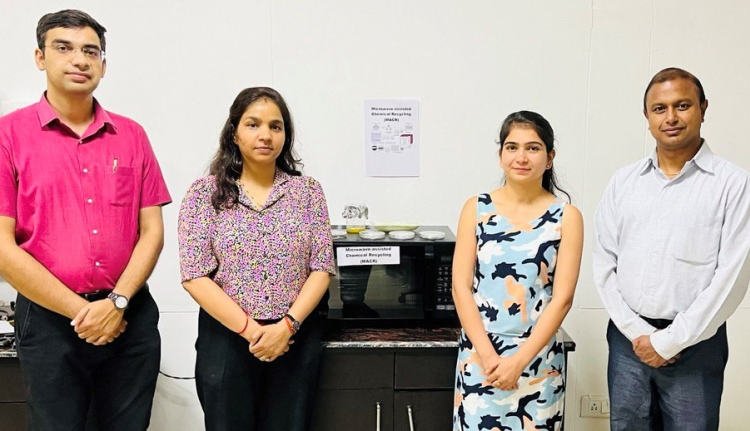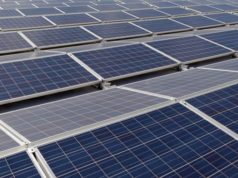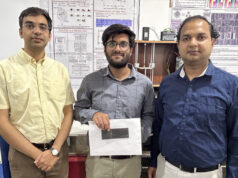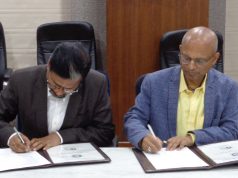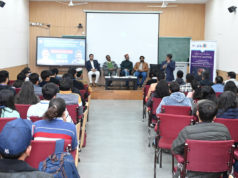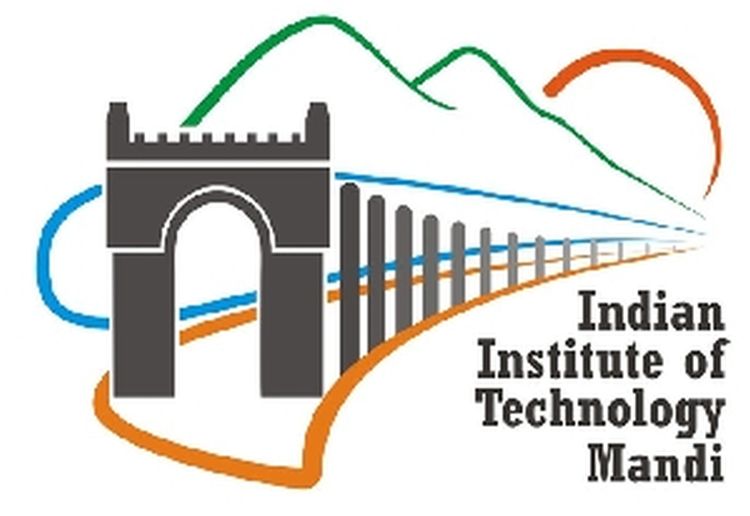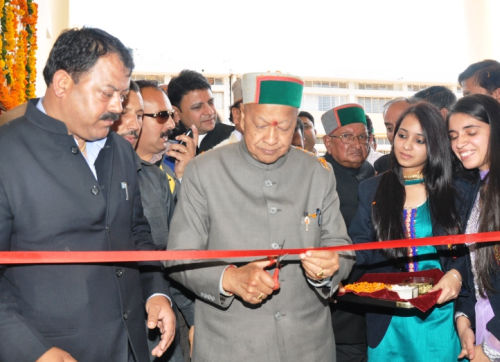The method developed by researchers will lead to a profound shift in recycling technologies which can help the country move towards a circular economy for wind turbine blades.
Mandi: Researchers at the Indian Institute of Technology Mandi have used microwaves to recycle polymer composites to make wind turbine blades. The developed method is rapid, sustainable, and eco-friendly compared to currently used methods like landfills, thermal-based recycling, etc.
The research was led by Dr. Sunny Zafar, Dr. Venkata Krishnan and research scholars Manjeet Rani and Priyanka Choudhary.
The IIT Mandi team has developed a rapid and eco-friendly method to recycle the fibres present in the composites used in making wind turbine blades.
A particular uniqueness of this work was that no harsh chemicals were used in the extraction, and the green-chemistry approach was used.
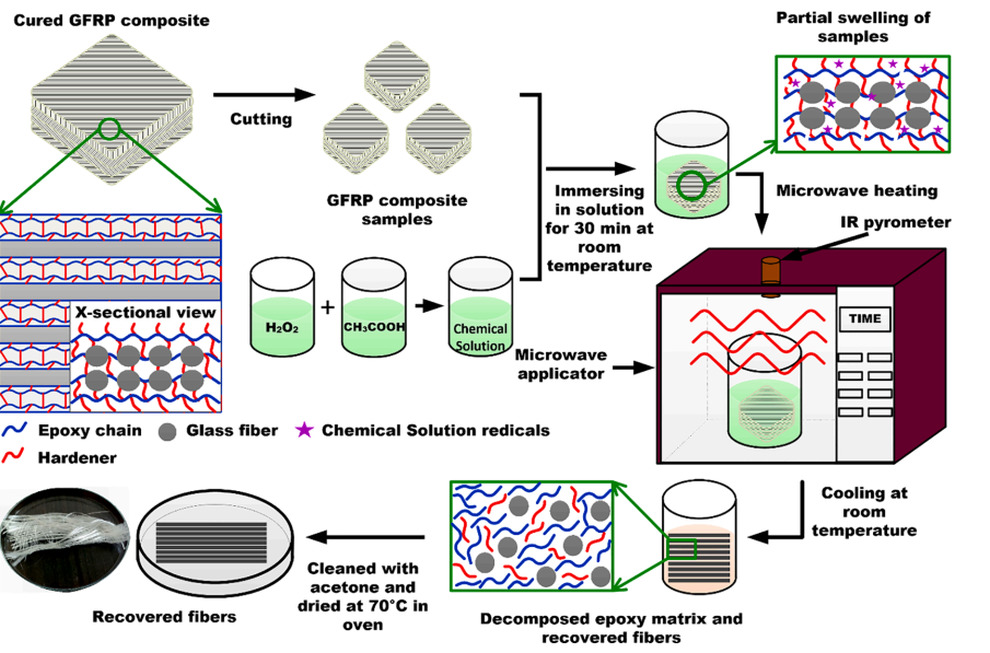
The researchers found that the decomposition rate of epoxy in our method was 97.2% with recovery of the glass fibres. The recovered glass fibres were tested, and their properties were compared to those of virgin fibres. The recovered fibres retained nearly 99% of the strength and more than 90% of other mechanical properties than the pure fibres.
Explaining the research, Dr Sunny Zafar said,
“We have developed a sustainable microwave-assisted chemical recycling (MACR) process to recycle glass fibre-reinforced polymer (GFRP) composite waste. Also, we used microwaves to aid the chemical degradation of GFRP composites with hydrogen peroxide and acetic acid. Both hydrogen peroxide and acetic acid are eco-friendly chemicals, the former used extensively as a disinfectant/antibiotic and the latter being vinegar.”
At the end of the service life of the wind turbine blades, the de-commissioned structures, composed of glass fibres in epoxy polymers are demolished and either landfilled or incinerated. Both methods of disposal add to environmental pollution and cost. It is predicted that about 200,000 tons of composite waste would be generated by wind turbine blades between 2024 and 2034 all over the world. This negates the environmental benefits offered by wind energy. Furthermore, restrictions on landfill disposal and fluctuating raw material costs could increase the costs of these composites used in wind turbine blades.
While talking about the benefits of the research, Dr. Venkata Krishnan said,
“The recycling method that we have developed can lead to a profound shift in recycling technologies, which can help the country move towards a circular economy for wind turbine blades.”
There is a worldwide impetus to adopt renewable sources of energy such as wind energy to overcome the drawbacks of fossil fuel-based energy. India is the fourth largest installer of wind energy systems and as of 31 July 2022, the total installed wind power capacity was 40.893 GW. Wind power is harnessed through the installation of wind turbines (windmills) in strategic areas in the country. The blades of these wind turbines are made of polymer composites that are polymer systems in which fibres such as carbon and glass are incorporated for strength.


